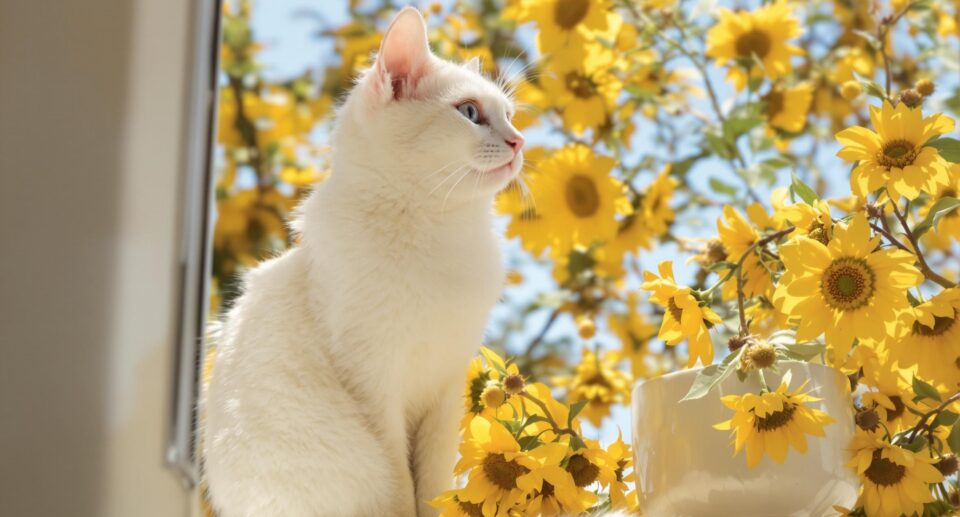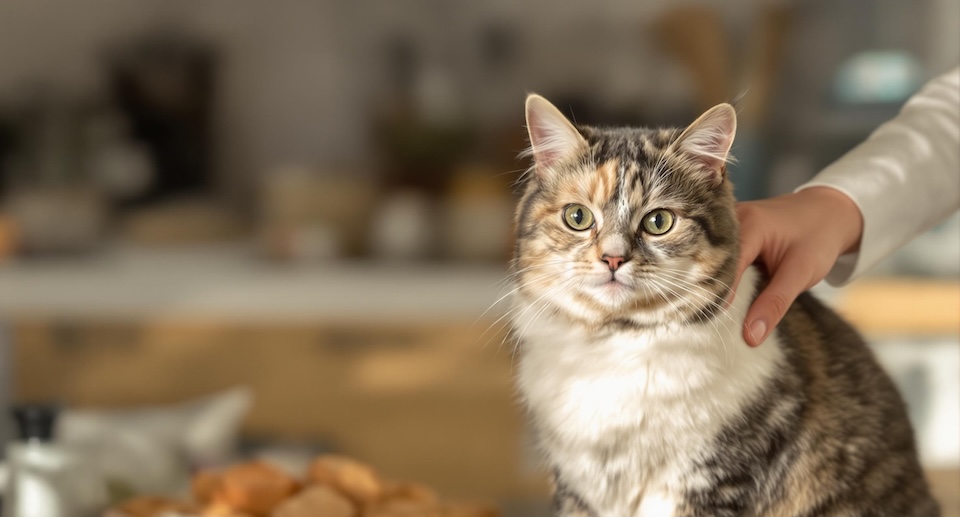
Do your cat petting skills get all the purrs, or are your interactions hit-and-miss? Learn how to pet a cat how they really want to be petted, and you can charm any kitty into becoming your best pal.
Does Your Cat Want You To Pet Them?
Before you pet a cat, make sure they actually want to be petted.
Catch them in a playful mood, and you’re likely to get play bites and scratches instead of purrs. When their tail is swishing from side to side, they may feel agitated or overstimulated, and might scratch when you reach out to pet them.
Look for a tail that’s perked up and curved at the end like a question mark. That’s the tail of a relaxed, confident cat who trusts you. When your cat rubs up against you, hops into your lap, or lies next to you, they’re truly ready for some attention.
Where To Pet A Cat
While every cat has their own preferences on where they like to be petted, most enjoy being stroked on the face, head, and behind the ears.
In fact, your cat will probably initiate petting sessions by “bunting,” or rubbing their face against you. Cats have scent glands on their cheeks, neck and around their ears, and bunting is their way of exchanging scents with you.
Never, ever pet a cat on the belly, even if they roll over and show it to you. When a cat shows you their belly, it’s a sign that they trust you and feel comfortable. Reaching for that irresistibly soft, forbidden belly is a violation of that trust, and a sure way to get kicked and scratched.
Cats also seem to dislike being pet at the base of the tail and on the legs. Stick to petting their favorite spots: the head, neck, and base of the ears, and you’re sure to earn and keep their trust.
Timing Is Everything When You Pet A Cat
Eventually, your cat may decide that they are finished with the petting session. Maybe you’re using too much pressure, petting against the growth of fur, or they’re just no longer interested in being petted.
Some cats may bite or scratch when they’re done being petted. Others will get up and walks away. Look for signs that your cat is done, such as annoyed flicks of the tail, ears that have gone back, and an arched back.





